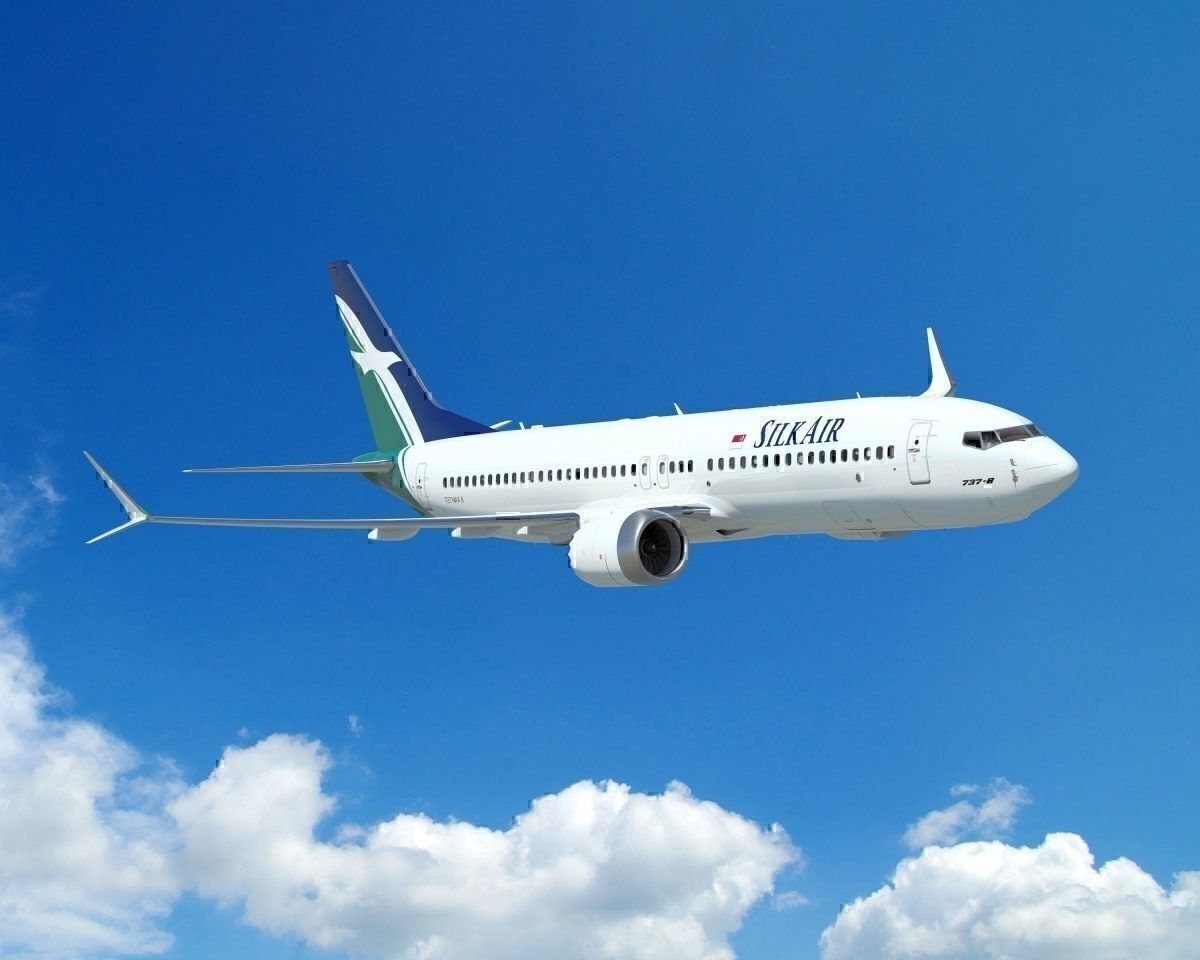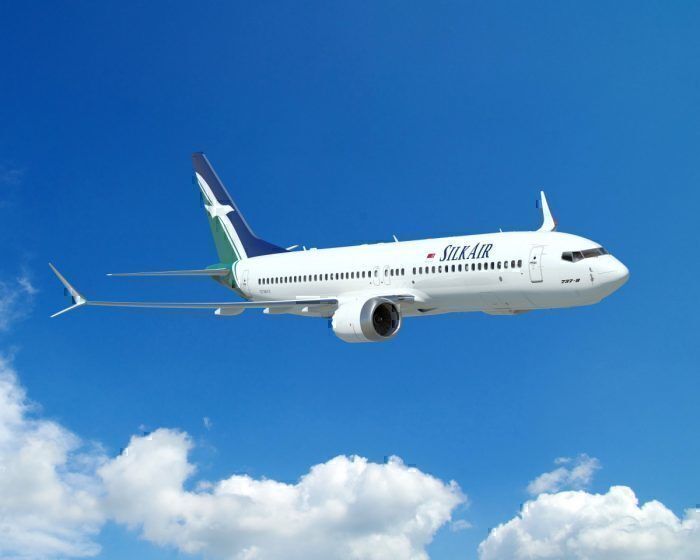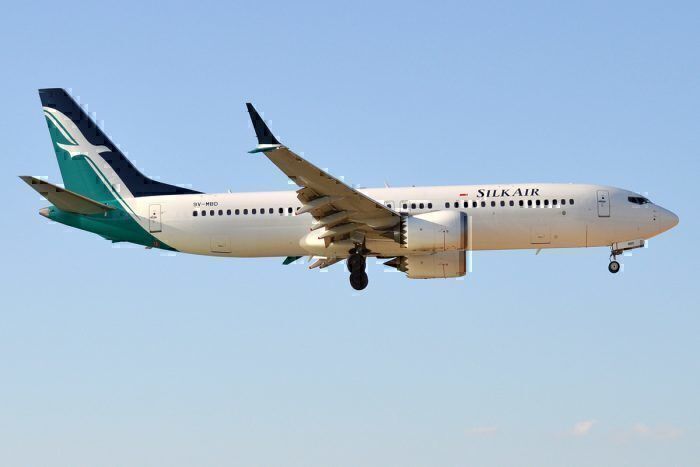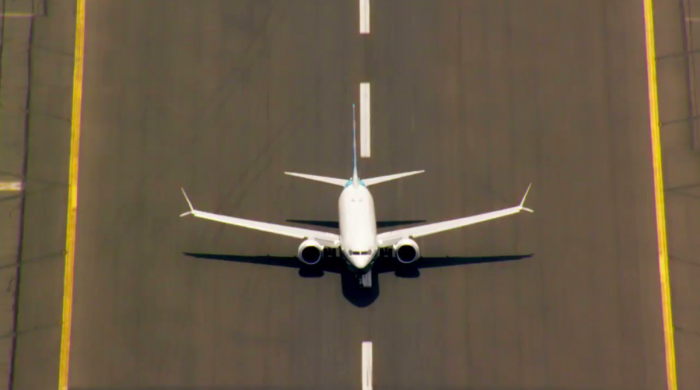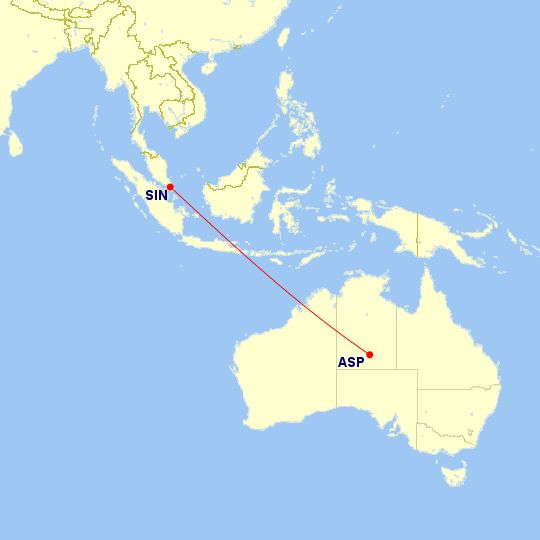Singapore's SilkAir is about to move it's Boeing 737 MAX fleet to Australia, where the dry outback conditions will be perfect for long-term storage of the aircraft, after getting permission from the Australian government.
What are the details?
SilkAir, the regional airline for Singapore Airlines (who also own Scoot, their low-cost carrier), operates a mixed fleet of Airbus and Boeing aircraft. However, six of their aircraft are the new Boeing 737 MAX 8 aircraft that have been grounded after two crashes in the last 12 months. The airline also has an order for another 31 yet to be delivered.
SilkAir has been forced to retain some of its older aircraft in replacement for the 737 MAX.
"I believe, though, that our customers will be understanding because between operating an aircraft that is deemed to be not safe and one that is tested but perhaps not with a product as good as what we have in the new planes, I think the choice is clear." - Singapore Airlines (SIA) chief executive Goh Choon Phong to the Straits Times
However, as it turns out, keeping these 737 MAX aircraft stored in Singapore, an area frequented by high humidity and tropical storms, is not the best solution.
What are their plans for storage?
As the airline can't operate these aircraft due to the grounding by Singaporean aviation regulators (Civil Aviation Authority of Singapore or CAAS), they have looked to the south towards Australia for storage solutions as reported by The Straits Times. Specifically, the carrier has the city of Alice Springs, known locally as 'the Alice', in its sights.
Positioned in the absolute heart of Australia (the city is only a few hundred kilometers away from the accurate center of the continent), the Alice is surrounded by the vast desert outback. This means its weather is practically consistent with very little rain, no storms, and zero humidity. The temperature does reach some extremes, being in a desert, but the electronics onboard the aircraft (the most sensitive part) will not be negatively affected.
SilkAir has received permission from the Australian aviation regulator, Civil Aviation Safety Authority, to start ferrying down their six aircraft one by one. These aircraft will be flown by special pilots (at this stage it is unclear if they are Boeing pilots or SilkAir's) who have been specifically trained in managing the MCAS error if it occurs.
However, SilkAir is confident this won't happen, as the flight profile has been designed as to not trigger the aircraft's fault.
"[The] flight profile which ensures there can be no activation of MCAS" - Mr. Peter Gibson, a spokesman at the Australian government's Civil Aviation Safety Authority to The Straits Times.
The flight will take around 5-6 hours and will cross into Indonesia Airspace, who has also given approval for the flights. At this stage, it is unknown if fellow South-East Asian airline Lion also plans to move its MAX fleet to Australia for storage.
What do you think of this solution? Let us know in the comments.

